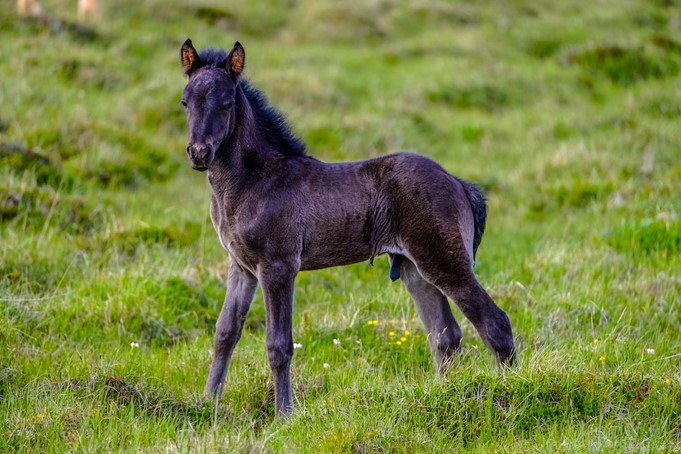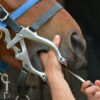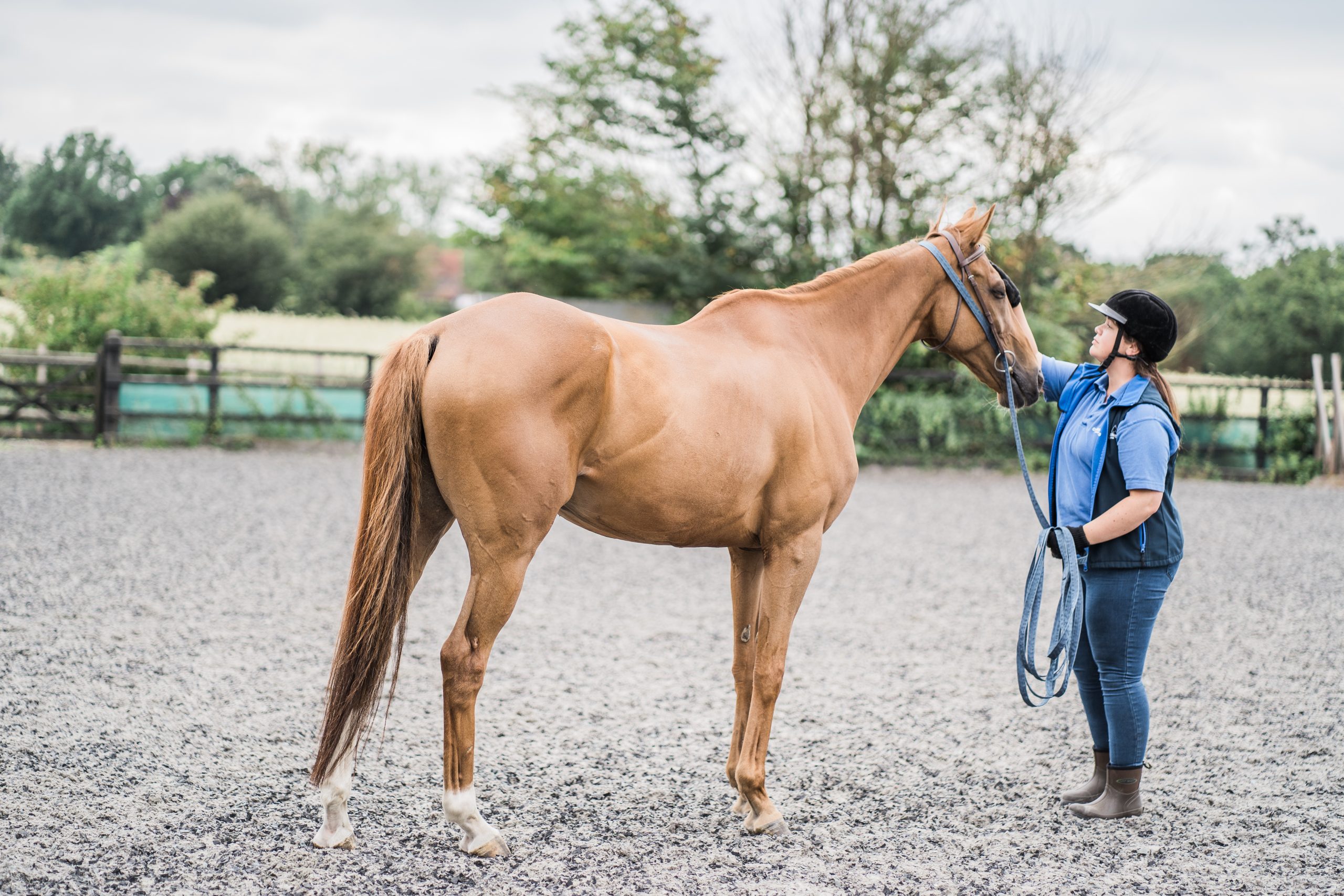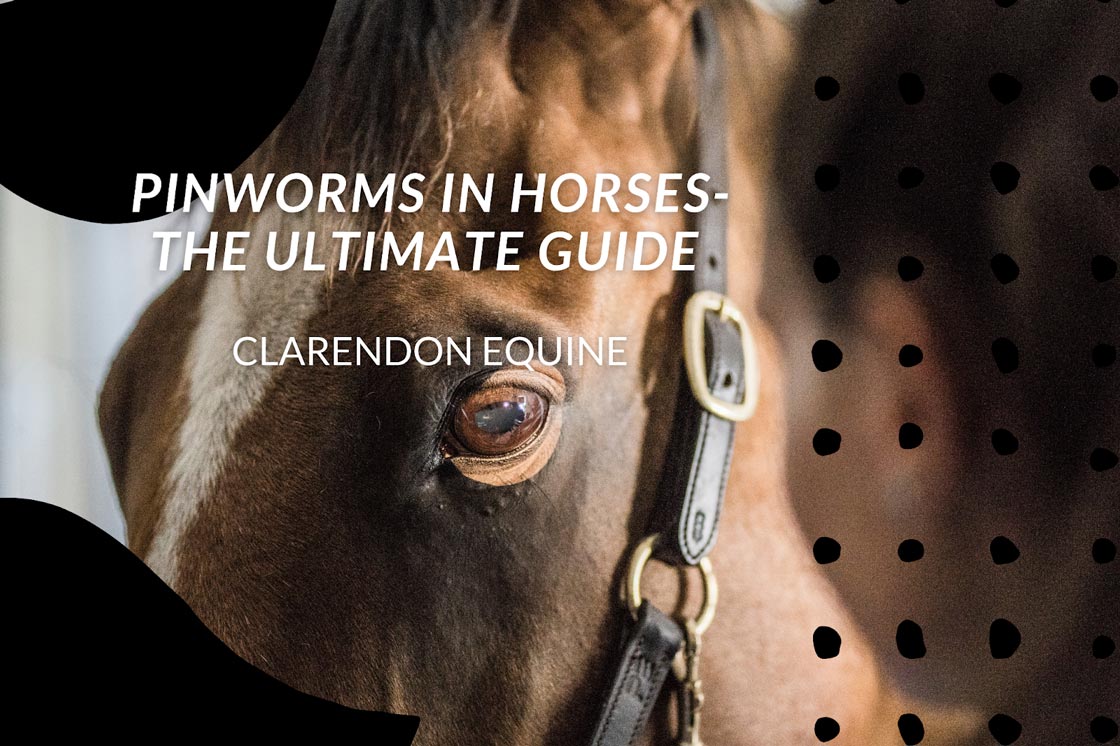Learn about the benefits, techniques, and best practices of Artificial Insemination for Horses. Increase your breeding program’s success with this guide.
Artificial Insemination for horses (AI) is pretty straightforward, but as with most things, it’s all about the planning.
It’s also worth noting that different horses have different success rates, just as people do. For instance, younger and leaner horses may find it easier than older mares or more ‘generously proportioned’ ones.
Most mares start to cycle (come into season) in the springtime, but it’s good to begin as early in the year as possible as if problems arise, you will have more time to correct them before she loses her fertility towards late summer. If this window of opportunity is missed, she will be unable to breed until the following year.
Horses may be encouraged to start their cycles earlier in the year by beginning a controlled lighting schedule in November. Mares will typically come into season once every 21 days, and it’s good practice to keep track of this, maybe writing it down on a calendar – although some mares will definitely make it more obvious than others!
Before Beginning Artificial Insemination for Horses
Although the Insemination will not involve any physical contact between the mare and the stallion, it is still essential for your vet to check the overall health of your horse for any infectious diseases and the condition of the mare’s uterus. It would be a waste of time and money to try to breed from a non-fertile horse.
At the beginning of the breeding season (oestrus), we will take a vaginal and cervical sample to check for abnormalities under a microscope.
Which semen is the best to use for Artificial Insemination for Horses?
Semen used for Artificial Insemination is generally split into three categories:
Fresh Semen: This is usually used when the mare is boarding at the stud where the stallion is standing. It will not survive long, so it must be used almost immediately.
Chilled Semen: This is the most commonly used form. If kept under controlled conditions, it can be transported as the sperm will survive for 24h or longer.
Frozen Semen: Not all stallion semen is suitable for freezing, and although frozen sperm can be stored for years, many sperm die during the thawing process. Therefore stallion’s sperm must be very high quality to ensure enough viable, fertile sperm remain. This makes using non-UK-based stallions a possibility but remember that semen from abroad needs an import certificate.

The Stallion
Once you have established the breeding season and found a stallion you like, use this checklist as a reminder of what to ask the stud:
- Cost of collection of semen from the stallion owner
- Cost of preparing semen for shipping
- Which days of the week the stallion is collected from
- Any times the stallion is not available.
- What type of delivery they use.
It’s also helpful to know the following:
- The semen longevity for that stallion
- How many breeding seasons he’s had.
- 1st cycle conception rates.
- The success rate of using frozen semen.
- How suitable is that stallion’s semen for the three types of Insemination?
- Evidence that the stallion has been screened for disease.
Timings for Artificial Insemination for Horses
During the breeding season, it is imperative to know when the mare ovulates so that she is inseminated at the optimum time to give her the best chance of becoming pregnant.
She’ll need to be scanned frequently during the breeding season to predict the best time accurately, but how often will depend on the type of semen used.
Fresh Semen: The stallion owner needs to be notified as soon as the mare comes into season, preferably sooner!
Cooled Semen: The mare will be scanned every day, possibly twice daily, as she approaches ovulation. The best time to inseminate with cooled semen is in the 24hrs before she ovulates or just after. She is then scanned 24hrs later to check she has ovulated.
Frozen Semen: The mare is scanned every 8 hours, and she must be inseminated from 12 hours before she ovulates or up to 6 hours afterwards. A hormone to help ovulation is given at this time. She is then scanned 12 hours later and may need to be inseminated again if ovulation does not occur when predicted.
Detecting a Mare’s Season
Some mares tell the entire world when they are in season, while others show a little more decorum!
To detect her season, a ‘teaser’ can be used, or the mare’s uterus can be scanned with an ultrasound machine every few days until she starts to show changes, indicating that she is coming into season.
Her cervix will be examined using a speculum, and from this point, the examinations are directed towards predicting when your mare ovulates to increase the chance of success.
A scan is carried out to look at the uterus (womb) and ovaries. The uterus undergoes characteristic changes throughout the cycle, and the ovaries develop small bumps known as follicles. One of these follicles will grow bigger than the rest (known as the ‘dominant follicle’), and this will release the egg at ovulation. Internal examination to detect changes in the cervix will be carried out to look for signs that the cervix has become relaxed and swollen (oedematous), indicating that ovulation is about to begin.
When the dominant follicle is large enough (usually 35mm), a hormone may be administered to induce ovulation, and most mares will ovulate 36 to 48 hours later.
Semen is usually ordered at this point – hence the importance of finding out which days the stallion is collected from, and also the stud’s weekend arrangements for delivery etc.
Your mare may decide she wishes to ovulate at the weekend, in which case frozen semen would be ideal!
Pregnancy using Artificial Insemination for Horses
Pregnancy rates are generally lower in older mares and with artificial Insemination using frozen semen than with natural covering. However, fresh, or chilled semen can give similar conception rates to natural service. Actual percentages are difficult to give as individual mares and stallions have different fertility rates. Stallions must have a very high concentration of normal sperm capable of surviving freezing and thawing to be suitable for this type of Insemination.
Advantages of AI compared with natural covering include:
- The removal of the need to travel the mare to the stallion,
- The ability to use stallions that are resident outside the UK.
- A reduction in the risk of uterine infections.
- A reduction in the risk of physical injury to the stallion or mare.
If you are considering AI for your mare, contact Clarendon Equine. Our state-of-the-art equipment increases the chances of a successful outcome. Call today to find out more.









